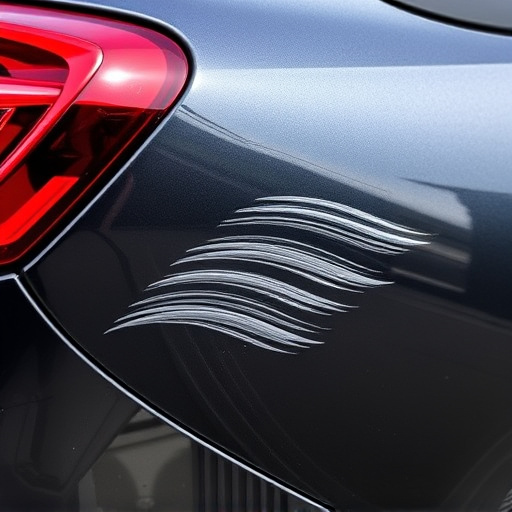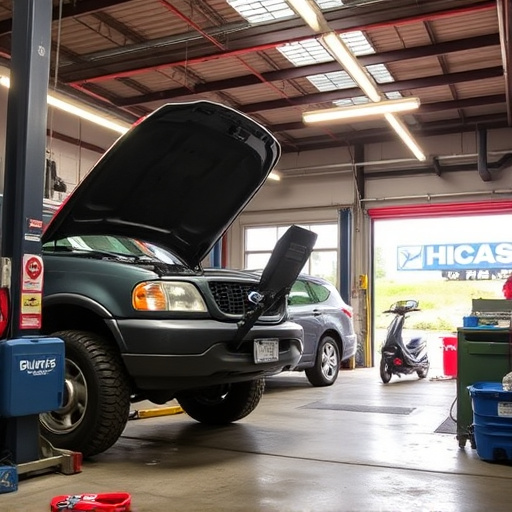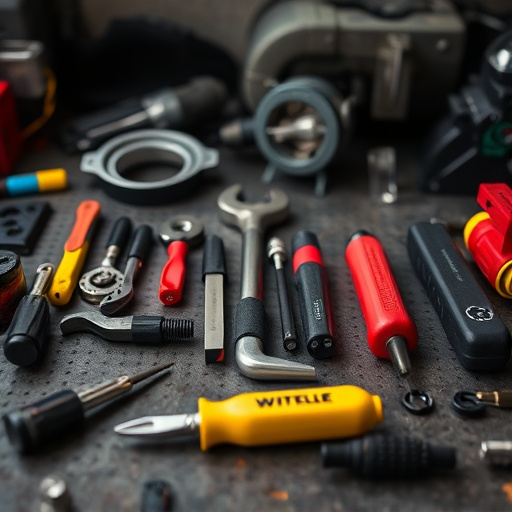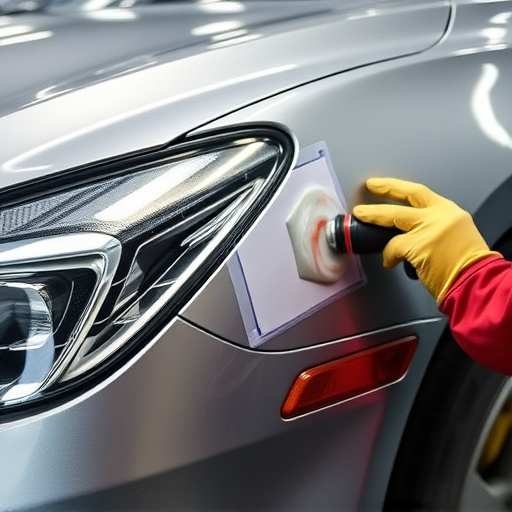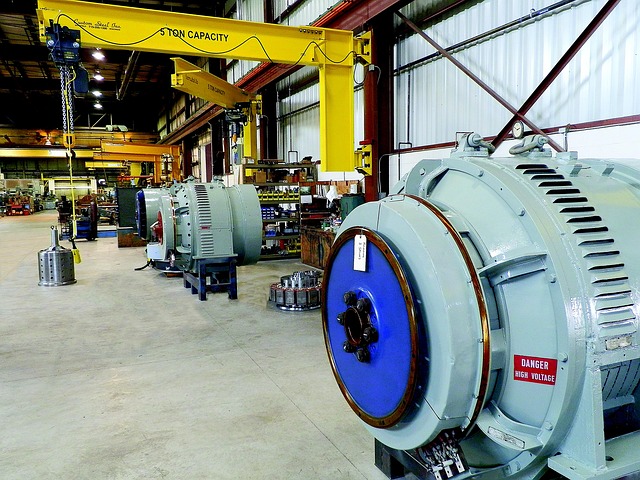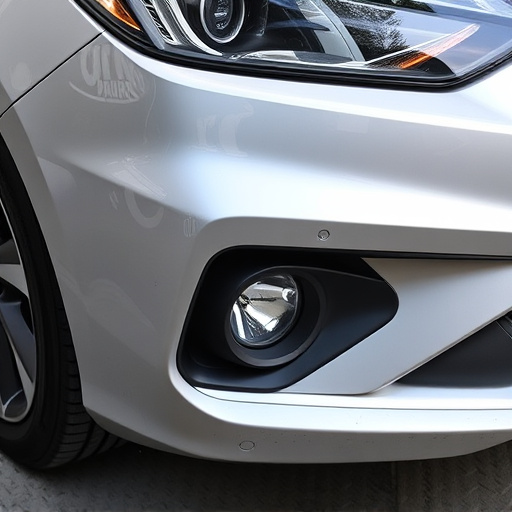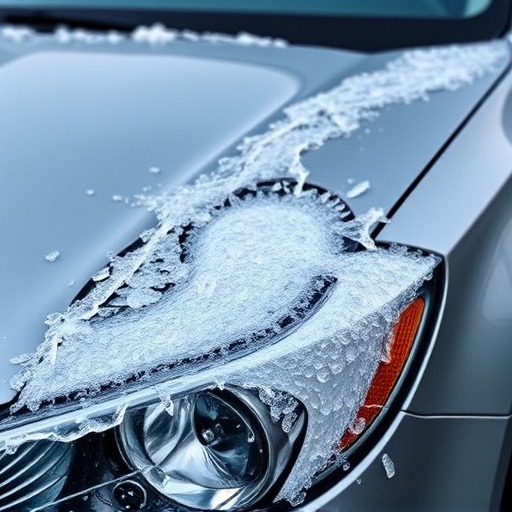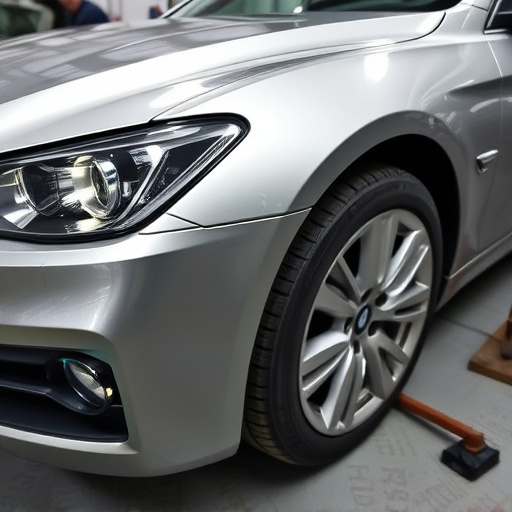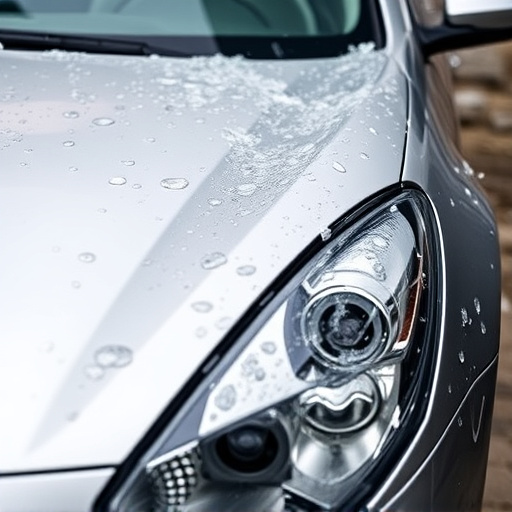Mercedes frame alignment is vital for maintaining structural integrity and safety system functionality after accidents or damage, ensuring optimal performance of advanced driver-assistance systems like anti-lock brakes, adaptive cruise control, and automatic emergency braking. Proper alignment is crucial even after minor incidents like car scratch repairs to guarantee reliable safety features and peace of mind while driving.
Mercedes frame alignment is a critical service that ensures your vehicle’s structural integrity and safety systems function optimally. This process involves adjusting and realigning the car’s chassis to factory specifications, often necessary after accidents or routine wear. Beyond physical adjustments, it includes vital safety system recalibration checks, ensuring sensors and software work seamlessly. Understanding this meticulous process is key for Mercedes owners, as it guarantees not just straight lines, but also your peace of mind on the road.
- Understanding Mercedes Frame Alignment Process
- Safety System Recalibration: A Crucial Step
- Ensuring Optimal Performance Post-Alignment
Understanding Mercedes Frame Alignment Process
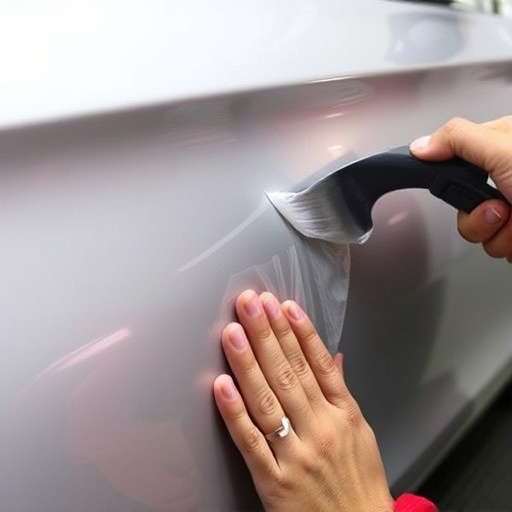
Mercedes frame alignment is a critical process that ensures your vehicle’s structural integrity after any accident or collision. It involves meticulously adjusting and realigning the car’s metal components to their original specifications, restoring its safety systems and driving dynamics. This meticulous procedure goes beyond simply fixing visible damage; it checks and recalibrates various sensors and control modules within the car’s safety system, guaranteeing optimal performance in case of future collisions.
Understanding Mercedes frame alignment requires grasping how modern vehicles’ frames are designed to crumple strategically during accidents, absorbing energy and protecting occupants. With advanced sensors and computer systems, these cars can detect and respond to collision forces precisely. Therefore, proper frame alignment is not just about making the car look straight; it’s about ensuring these intricate safety mechanisms function correctly. This process is often necessary after an automotive collision repair or even simple yet impactful incidents like a car scratch repair, as they can disrupt the vehicle’s alignment and potentially compromise its safety features, including auto glass replacement.
Safety System Recalibration: A Crucial Step
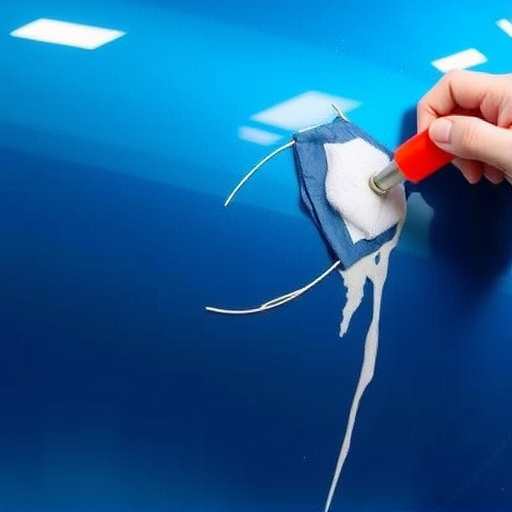
Mercedes frame alignment goes beyond mere adjustment; it’s a meticulous process that encompasses critical safety system recalibration checks. When a vehicle undergoes structural damage, like in a fender repair or car collision repair scenario, the sensors and systems that power safety features can be affected. These systems, from anti-lock brakes to adaptive cruise control, rely on precise calibration for optimal performance and reliability. Therefore, as part of any comprehensive Mercedes frame alignment, technicians perform thorough recalibration to ensure these life-saving features function perfectly.
A properly calibrated safety system is paramount for the driver’s safety and peace of mind. Whether addressing a minor dent repair or a more severe collision, taking the time to recalibrate these systems guarantees that your Mercedes not only looks straight but also operates safely on the road.
Ensuring Optimal Performance Post-Alignment
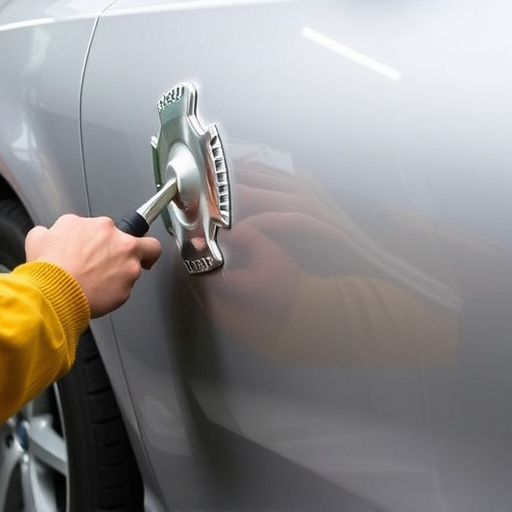
After completing Mercedes frame alignment, ensuring optimal performance involves a crucial step: safety system recalibration. The car’s sensors and cameras that power its advanced driver-assistance systems (ADAS) need to be reevaluated to ensure they’re functioning accurately post-alignment. This is vital for features like adaptive cruise control, lane keeping assist, and automatic emergency braking, which depend on precise vehicle positioning and road conditions.
Proper recalibration guarantees these safety systems can detect and respond to potential hazards effectively. For those seeking auto repair near them that includes luxury vehicle repair, it’s important to find a shop with experienced technicians who understand the intricate mechanisms of modern vehicles. They should have the tools and knowledge to perform meticulous recalibration checks, ensuring your Mercedes not only drives smoothly but also offers the advanced safety features that come standard in today’s automotive restoration processes.
Mercedes frame alignment goes beyond mere wheel adjustment. It’s a comprehensive process that includes safety system recalibration checks, ensuring not only precise handling but also optimal performance and enhanced driver safety. By integrating these critical steps, owners can expect their Mercedes to navigate curves with poise, maintain straight-line stability, and respond accurately to steering inputs, all while benefiting from the advanced safety features designed into the vehicle.
